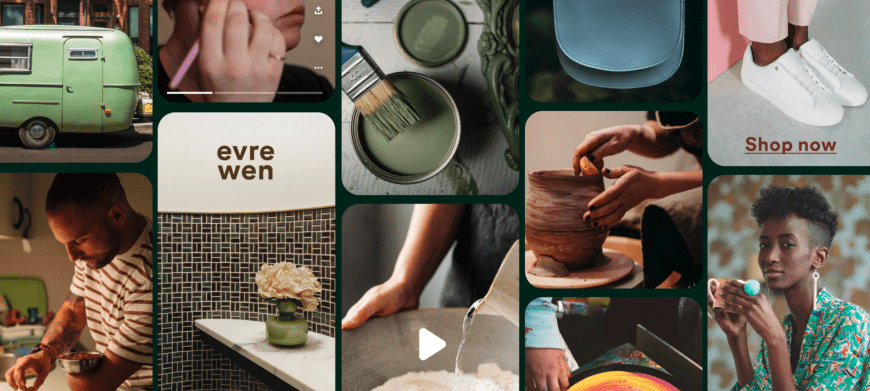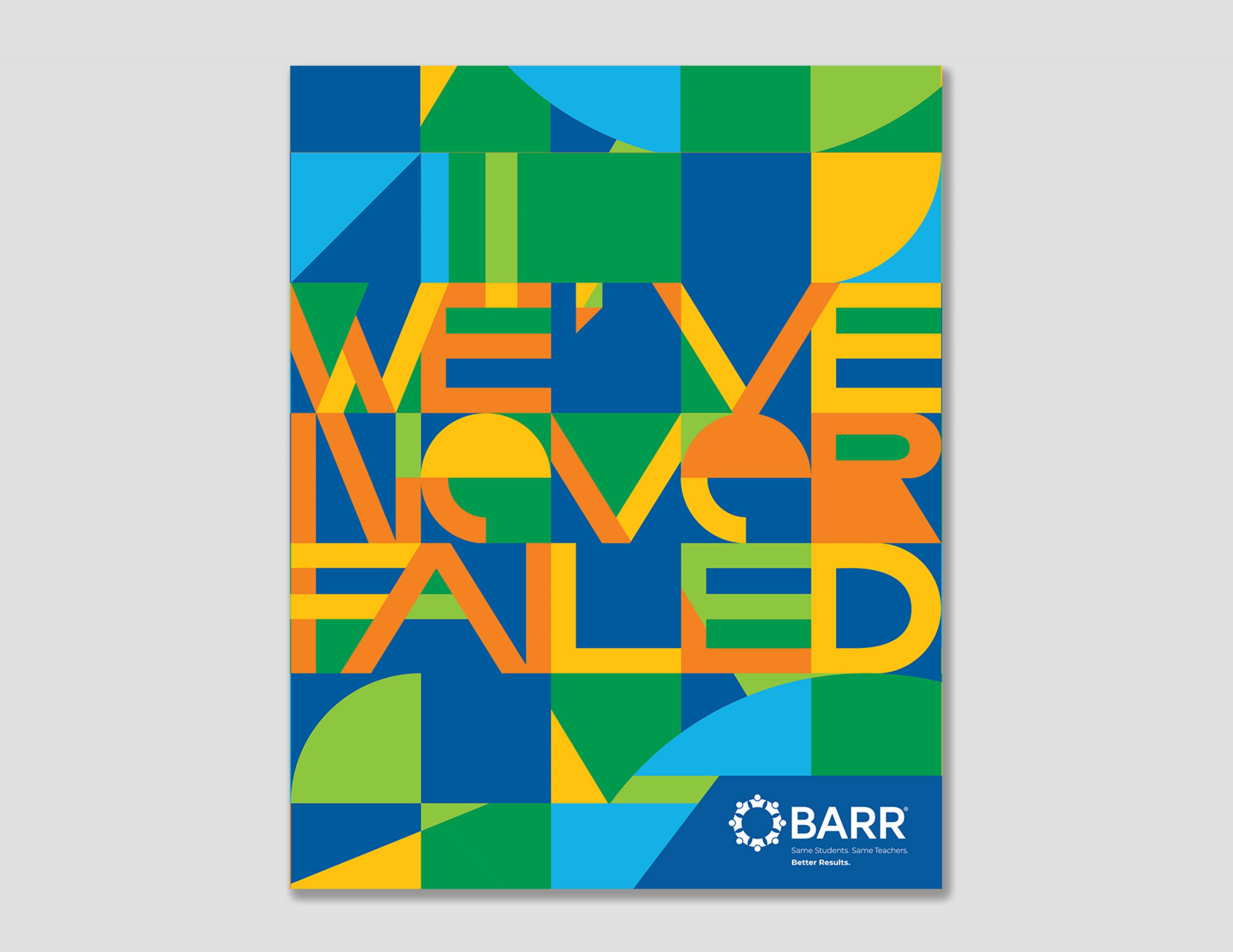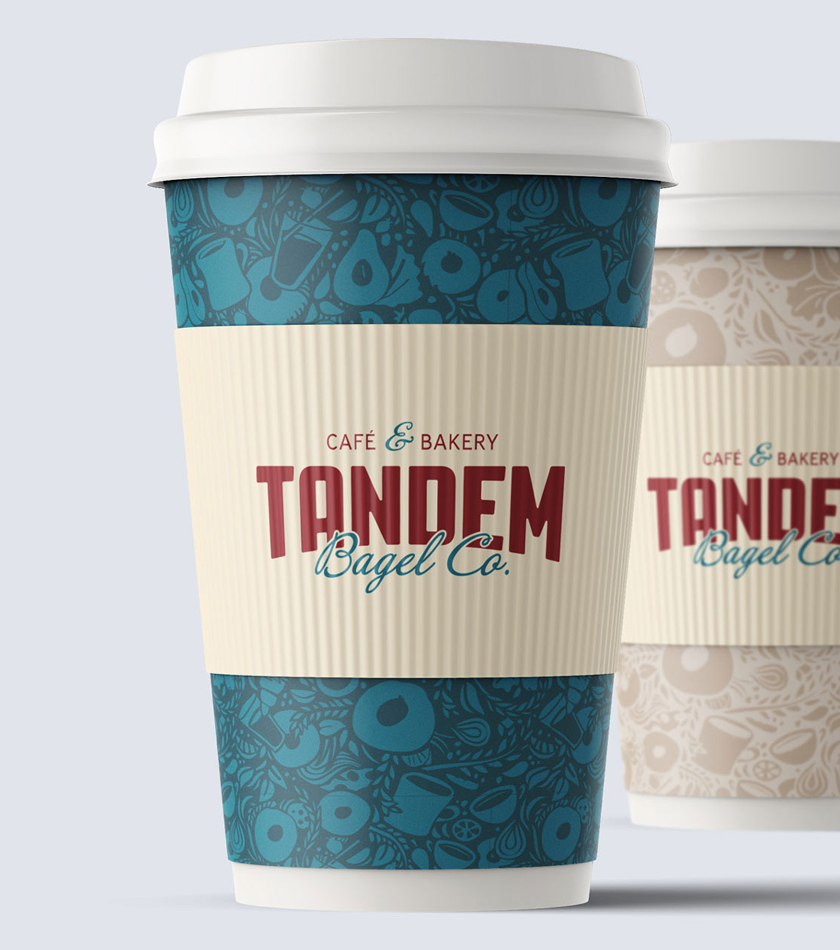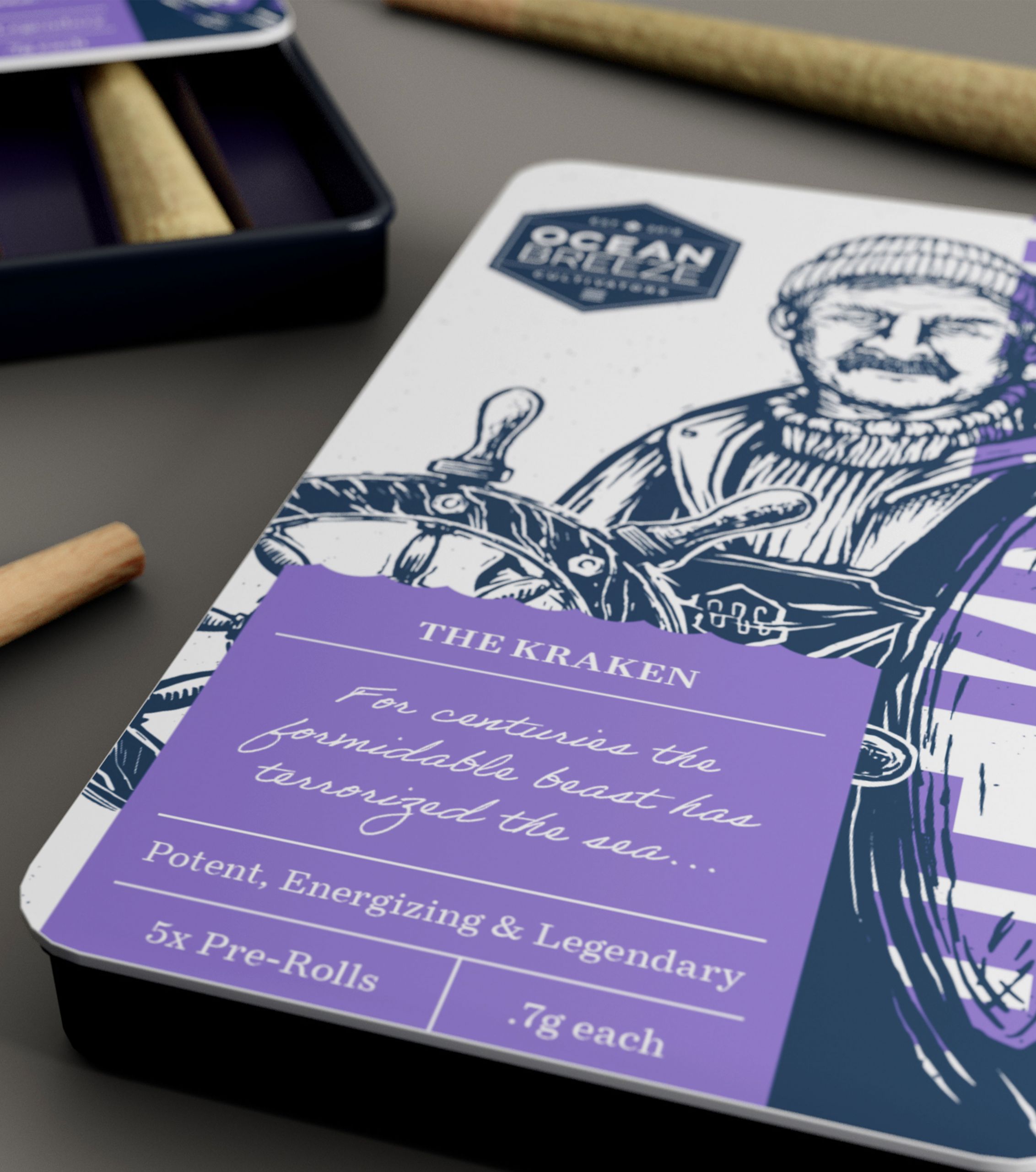Your customers are on Pinterest. Are you?

With all of the social media platforms in use today, it’s hard to know where to put your time, energy, and money. For consumers, these platforms help us connect with people and brands, and we pick and choose according to our preferences. For brands, it’s about where our customers are spending time, which is constantly in flux. In 2001, we got Friendster, and it was basically the only game in town for online networking. LinkedIn launched in 2002 for the career-minded crowd, followed by MySpace in 2003, Facebook in 2004, Reddit in 2005, Twitter in 2006, Instagram and Pinterest in 2010, Snapchat in 2011, and TikTok in 2016. Whew! So basically, remove Friendster and MySpace and we’ve still got 8+ platforms to figure out, PLUS YouTube, WhatsApp, Discord, and more. Today, we spend (on average) 1,300 hours per year on social media — shopping, browsing, playing, chatting, working, debating, liking, learning, etc.
Ok so what about brands? Some companies have the money and brain power to spend time on all of the aforementioned channels. But most do not. So where’s the biggest bang for the buck? If you’re looking for the social space with the most users, obviously that’s Meta — with Facebook (2.9B users), WhatsApp (2B users), Messenger (1.3B users), and Instagram (1.3B users). But remember, it’s not about ALL the users. It’s about YOUR users, and where they’re spending their time.
In 2022, we’d like to pitch Pinterest as a pretty good idea for most brands. Why? Because not only do they have 444 million users per month, most of the searches are unbranded… meaning that people are looking for something, but they haven’t decided on a brand. AND, they’re ready to take action.

According to their own Pinterest for Business website, the platform is unique due to its combination of rich audience interactions (a la social media) and the traffic-driving power of a visual search engine (explore, click, shop, done).
But are your customers there? Let’s go to the data. According to Pinterest …
- Women make up over 60% of their global audience
- Male Pinners and Gen Z Pinners are up 40% year over year
- U.S. Millennial Pinners are up 35% year over year
- 45% of people in the U.S. with a household income of over $100K are spending time on the platform
Another interesting thing about Pinterest is that it’s not in the group of apps that everyone on earth is concerned about. It’s not about mindless scrolling or followers who have “liked” your post. People don’t go to Pinterest and feel badly about themselves. They go to be inspired. To discover. And to plan for the future.
So, what can you get from integrating Pinterest into your marketing strategy? A few things that all businesses want! You can reach a new audience and grow your online presence. You can increase traffic to your website or online store. AND, if you’ve been trying to bump up conversions like sign-ups on your newsletter, Pinterest can help you there too.
Frankly, in the world of compare and despair, this platform is a lovely change of scenery. Instead of putting ads in front of people who may be purchasing to live up to some impossible social standard, you can add pins or ads on Pinterest that will inspire someone who’s there to find ideas and products.
To get started, check out the best practices page, learn more about the options for advertising on Pinterest, and then dive head first into the resources section.
This is not an #ad. But Pinterest has worked for us and we think it could work for you too. Happy Pinning!


